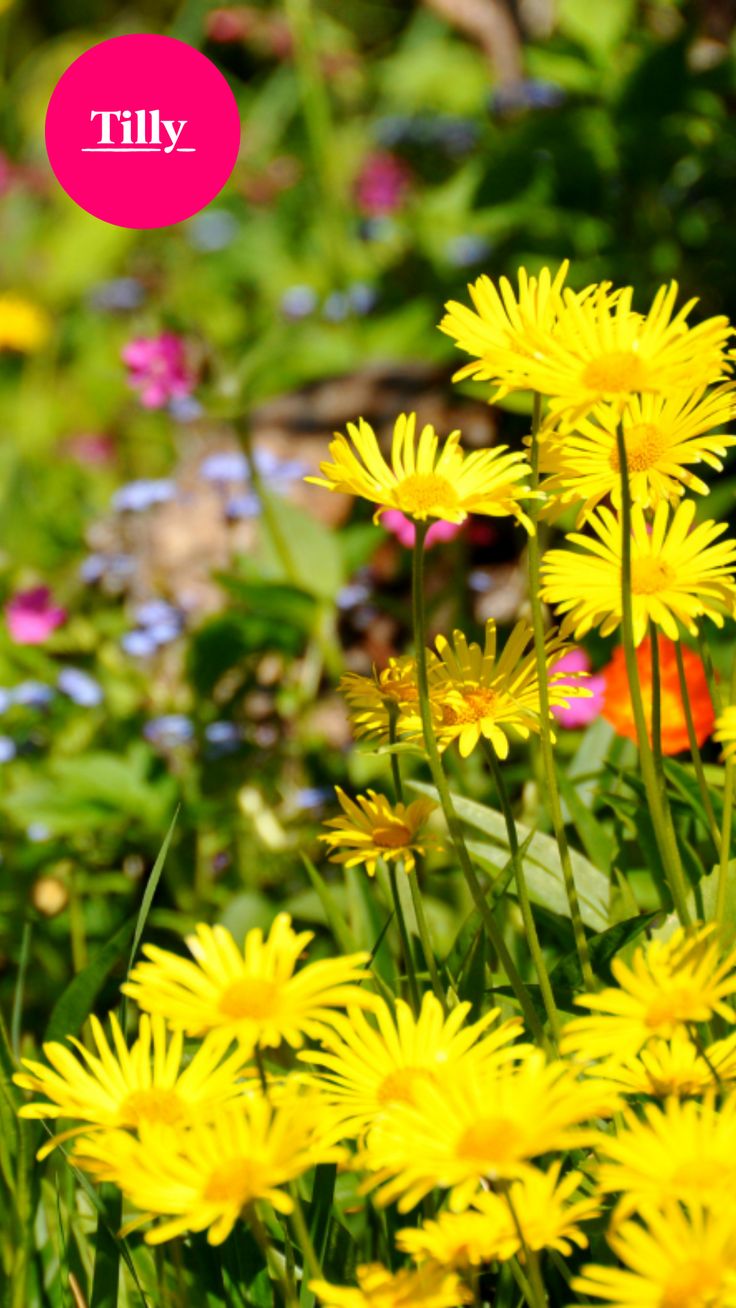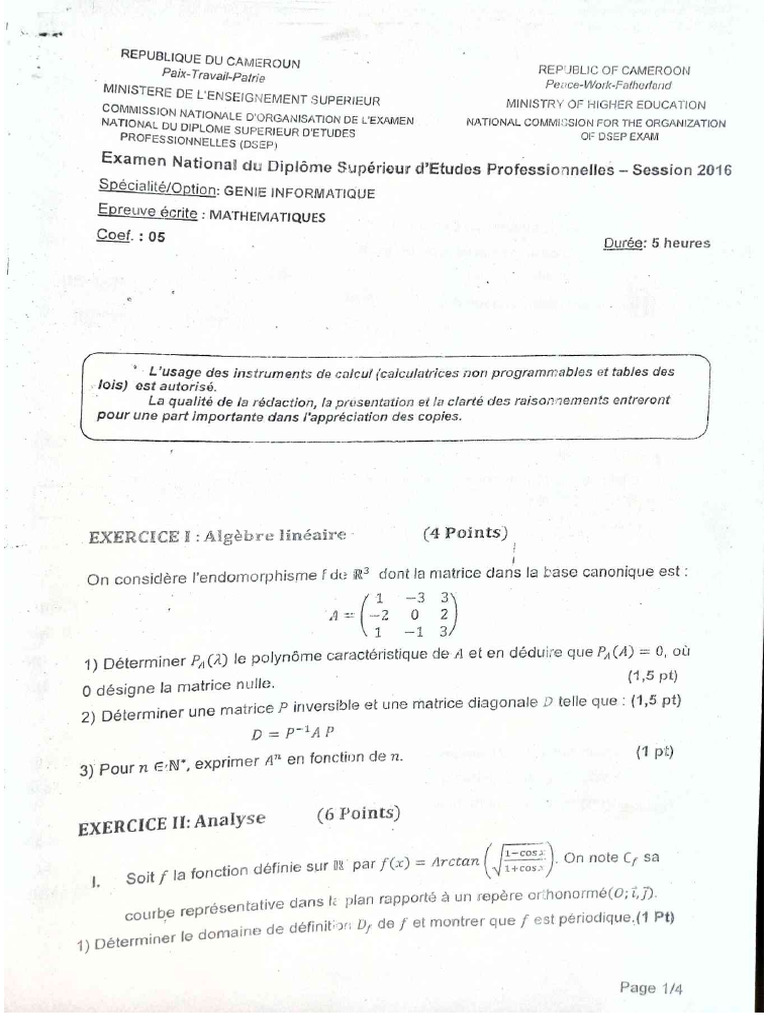Annuals Or Perennials? A Guide To Choosing The Perfect Flowers

Table of Contents
Understanding Annual Flowers
What are Annuals?
Annual flowers complete their entire life cycle – from seed to flower to seed – within a single growing season. This means they germinate, grow, bloom, and die all within the span of a year.
- Popular Annuals: Zinnias, petunias, marigolds, impatiens, cosmos, sunflowers, and nasturtiums are just a few examples of the vast array of annual flower options available.
- Vibrant Color: Annuals are renowned for their bright, bold colors and diverse forms, offering a wide palette for creating stunning garden displays. They are perfect for adding quick bursts of color to any garden bed or container.
- Replanting Required: Because annuals only live for one season, they need to be replanted each year to maintain continuous blooms.
Advantages of Annuals:
- Wide Variety: Annuals offer an unparalleled diversity in colors, shapes, sizes, and flowering periods.
- Fast-Growing: Many annuals grow quickly, providing instant gratification and filling gaps in your garden quickly.
- Versatile Use: Ideal for filling containers, borders, and creating temporary displays.
- Affordable: Annual flower seeds and seedlings are generally inexpensive to purchase.
- Easy to Grow from Seed: Many annuals are easy to start from seed, offering a cost-effective way to populate your garden.
Disadvantages of Annuals:
- Annual Replanting: The need to replant every year is a significant commitment of time and resources.
- Environmental Impact: Some commercially produced annuals are grown using peat-based compost, which can negatively impact the environment. Opt for peat-free alternatives whenever possible.
- Higher Maintenance: Annuals often require more frequent watering and deadheading (removing spent blooms) to encourage continuous flowering.
Understanding Perennial Flowers
What are Perennials?
Perennial flowers, unlike annuals, live for more than two years. They die back to the ground in winter but return year after year, growing larger and often blooming more profusely with each passing season.
- Popular Perennials: Coneflowers, hostas, daylilies, lavender, salvia, and peonies are just a few examples of the many long-lasting beauties available.
- Longevity and Growth: The longevity of perennials is a key advantage. They slowly establish themselves, growing larger and becoming more impactful in the garden over time.
- Consistent Beauty: Perennials provide a consistent framework of foliage and flowers, year after year.
Advantages of Perennials:
- Cost-Effective: While the initial investment might be higher, perennials save money in the long run, as you don't need to replace them annually.
- Reduced Work: Once established, perennials require less maintenance compared to annuals.
- Environmentally Friendly: Their longevity reduces the need for frequent replanting, minimizing the environmental impact.
- Garden Structure: Perennials provide structural elements and a consistent backbone to your garden design.
Disadvantages of Perennials:
- Slower Establishment: Perennials take time to establish themselves and may not bloom profusely in their first year.
- Specialized Care: Some perennials may require specific soil conditions, sunlight exposure, or other specialized care.
- Pest and Disease Susceptibility: Perennials can be susceptible to specific pests and diseases.
- Division Needed: Over time, perennials can become overcrowded and may need dividing to maintain their vigor.
Choosing Between Annuals and Perennials: Factors to Consider
Your Climate:
Understanding your local climate and hardiness zone is crucial. Choose plants that are suited to your region's temperatures, rainfall, and sunlight conditions. Check plant tags for hardiness information.
Garden Style and Design:
Consider the overall aesthetic you wish to achieve. Annuals are great for creating vibrant, ever-changing displays, while perennials provide a more structured, consistent look. A cottage garden might benefit from a mix of both, while a formal garden might lean towards perennials.
Maintenance Level:
Honest self-assessment of your available time and gardening expertise is crucial. Annuals generally demand more upkeep, while established perennials require less attention.
Budget:
Compare the initial cost of purchasing annuals versus perennials. While annuals have lower initial costs, the recurring expenses of annual replacement may exceed the initial investment in long-lasting perennials.
Combining Annuals and Perennials for a Thriving Garden
The most successful gardens often incorporate both annuals and perennials. Annuals add pops of color and fill gaps between perennials, while perennials provide a solid foundation and structure. For example, use low-growing annuals to spill over the edges of established perennials for a fuller, more dynamic look.
Conclusion: Making the Right Choice: Annuals or Perennials?
The choice between annuals and perennials ultimately depends on your individual gardening goals, available time, budget, and desired aesthetic. Consider the factors discussed above – climate, garden style, maintenance level, and budget – to make an informed decision. Whether you opt for the vibrant splash of color from annuals, the dependable beauty of perennials, or a harmonious blend of both, remember to choose plants suited to your unique circumstances. Start planning your dream garden today! Learn more about choosing the perfect annuals or perennials for your space.

Featured Posts
-
 Queensland Music Awards Night Marred By Antisemitism Accusations
May 29, 2025
Queensland Music Awards Night Marred By Antisemitism Accusations
May 29, 2025 -
 Deliciously Ellas Success Examining The Nepo Baby Claim Regarding Ella Mills
May 29, 2025
Deliciously Ellas Success Examining The Nepo Baby Claim Regarding Ella Mills
May 29, 2025 -
 Gewapende Overval Op School Door 16 Jarige Venlonaar
May 29, 2025
Gewapende Overval Op School Door 16 Jarige Venlonaar
May 29, 2025 -
 Eurovision 2025 Betting Odds Focus On The Netherlands C Est La Vie
May 29, 2025
Eurovision 2025 Betting Odds Focus On The Netherlands C Est La Vie
May 29, 2025 -
 Learning About Taylor Deardens Family
May 29, 2025
Learning About Taylor Deardens Family
May 29, 2025
Latest Posts
-
 Btss Reunion Teaser Interpreting The Hints Of A Return
May 30, 2025
Btss Reunion Teaser Interpreting The Hints Of A Return
May 30, 2025 -
 The Bts Reunion Teaser A Deep Dive Into Comeback Clues
May 30, 2025
The Bts Reunion Teaser A Deep Dive Into Comeback Clues
May 30, 2025 -
 Epreuves Bts 2025 Dates Cles Et Calendrier Des Resultats
May 30, 2025
Epreuves Bts 2025 Dates Cles Et Calendrier Des Resultats
May 30, 2025 -
 Bts 2025 Quand Auront Lieu Les Examens Et La Sortie Des Resultats
May 30, 2025
Bts 2025 Quand Auront Lieu Les Examens Et La Sortie Des Resultats
May 30, 2025 -
 Bts Reunion Teaser What Does It Mean For A Comeback
May 30, 2025
Bts Reunion Teaser What Does It Mean For A Comeback
May 30, 2025
